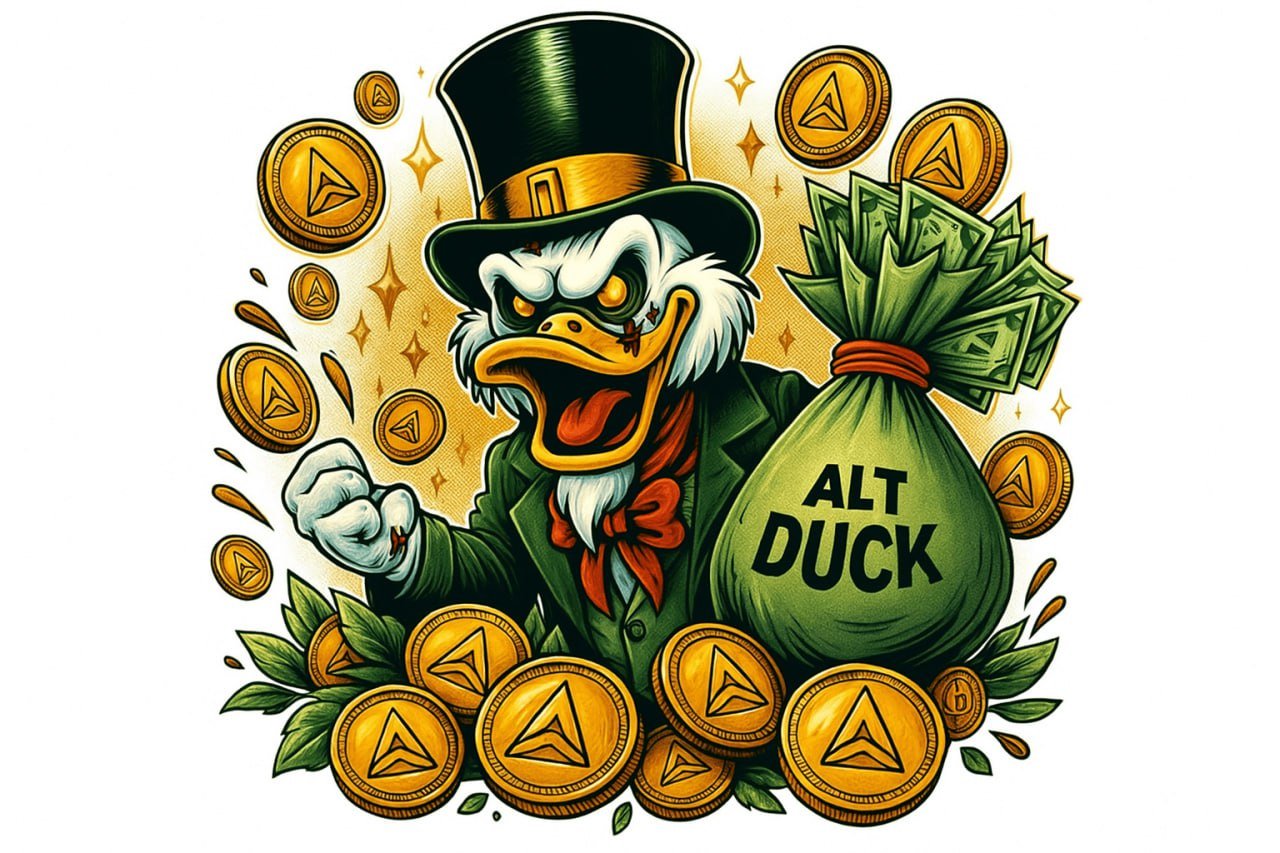Popular cryptos
TerraUSD
Download app Ironwallet and get tool for making transaction without network fee
About TerraUSD
TerraUSD (UST) is a stablecoin that launched in 2020 as part of the Terra blockchain ecosystem. It was designed to maintain price parity with the US dollar with an algorithmic central banking model as opposed to being fiat-collateralized like other major stablecoins. The UST stablecoin would be minted or burned to control supply in response to market demand, helping regulate its peg to $1 USD.
UST relied on a complex symbiosis with LUNA, Terra’s native token, in its minting and burning process to algorithmically manage its peg. However, in May 2022 UST lost its 1:1 dollar peg which spiraled into a “death spiral” where panicking holders crashed the price of both UST and LUNA. The event wiped out $40 billion in market value and caused turmoil in broader crypto markets as well. Terra was forced to halt the original blockchain and launch Terra 2.0 in its aftermath, discontinuing the original UST stablecoin.
Origin and Launch
The Korea-based Terra protocol’s launch enabled trading of TerraUSD, seeking to solve the problem of currency instability in the cryptocurrency ecosystem. Terra Labs co-founder Do Kwon and his team used intricate code to have UST maintain price parity with the US dollar. Their whitepaper explained economic dynamics ensuring 1 UST would algorithmically trade as $1 through intricate burning and minting of UST and LUNA, Terra’s governance token. If UST drifted below $1, traders could profitably swap LUNA for cheap UST and burn it for $1 of LUNA, contracting supply. The opposite would occur if UST rose above $1, incentivizing burning LUNA for UST and thus minting new LUNA.
Features and Intended Stabilization Mechanism
TerraUSD diverged from dominant stablecoin designs collateralized or backed by fiat reserves. Instead, its peg relied solely on intricate incentivization schemes and differential equations managing supply between UST and LUNA. Code-based stability avoided centralized assets but required enough liquidity and incentives for traders to participate as needed. Terra attracted liquidity by paying 20% APY on Anchor Protocol savings accounts denominated in UST. For traders, profits from burning/minting UST or LUNA would counter deviations from $1 as intended. On paper, it presented an autonomous decentralized solution to currency stability.
Governance and Key Figures Behind UST
Despite TerraUSD’s algorithmic nature, key human decisions and governance protocols influenced outcomes. Terra Labs co-founder Do Kwon published initial technical papers detailing the economic system mechanics of how UST could maintain its peg. As the public face and steward of the Terra ecosystem, Kwon also overwhelmingly approved various Terra improvement proposals expanding features and partnerships. While no singular party officially governed the value of TerraUSD, Kwon wielded outsized influence over governance decisions that impacted stability incentives, for better or worse.
Kwon co-founded Terra with Daniel Shin, who was crucial in managing partnerships to bootstrap initial liquidity and adoption alongside Kwon as lead evangelists driving network growth. Together they secured backing from major venture funds like Arrington Capital and Binance Labs to the tune of $32 million, providing runway to increase UST utilization.
Terraform Labs itself served as the core development team building open-source software and coordinating with partner platforms across decentralized finance. They focused on rapidly expanding use cases, applications, and integrations for UST to drive adoption. The wider Terra community used a governance process for stakeholders to review, propose, and vote on upgrades or alterations to network incentives and economics. However, Kwon maintained a dominating position overarching governance discussions and development roadmaps from his benevolent dictator-esque influence. This model spurred tremendous early growth but concentrated immense power in a single point of failure – as the collapse of UST would soon demonstrate.
Integration with Terra Ecosystem
Getting users onboard was essential for mechanisms stabilizing UST to work in practice. Here Terra succeeded remarkably, courting new retail crypto traders through Anchor’s high interest rates while also integrating with major DeFi platforms. Total value locked surged to $20 billion by early 2022, raising Terra to a top-10 cryptocurrency. However, this growth relied largely on Anchor returns backed by little collateral except UST and LUNA themselves. Hindsight suggests faster ecosystem development did not sufficiently stress test stability infrastructure.
Initial Cracks During 2022 Depegging Event
Come May 2022, UST saw its first major challenge remaining pegged to $1 as crypto markets broadly declined. Early UST unpegging to $0.98 sparked fear. Traders rushed to offload UST for dollars, made easier by integration across decentralized exchanges. Billions in UST dumped on markets overwhelmed incentives and liquidity meant to counter such events. With network activity surging 10X in days, UST crashed violently from $0.98 to $0.30 amidst broken minting dynamics. LUNA plunged over 99% as well, obliterating collateral backing UST.
Market Impact of the UST and LUNA Collapse
Like wildfire, TerraUSD’s collapse created cascading turmoil across cryptocurrencies given its deep integration with major DeFi platforms and reliance as a form of collateral. As UST violently unpegged, decentralized exchanges were forced to liquidate over $15 billion worth of Bitcoin reserves in vain attempts to defend UST’s dollar parity. The massive BTC dumping intensified selling pressure, plunging Bitcoin below $30,000 for the first time in 16 months and wiping out Pantera Capital’s entire year-to-date hedge fund returns.
Ethereum likewise bled out in the chaos, dropping from ~$2,800 to $1,800 as spooked UST holders rushed into stablecoins like USDC, Tether, and DAI. In turn, strain on these systems triggered wider de-risking. The amount of value locked in DeFi protocols rapidly contracted by over $40 billion in May, severely impacting crypto projects far removed from UST like Avalanche which fell a drastic 68% within days. Beyond direct valuation losses, the Terra debacle sparked bank run-esque mass withdrawals at Anchor Protocol as faith was shaken in the sustainability of 20% yields underpinning its UST use cases.
Experts pointed to extensive DMG from the “contagion effect” where Luna Foundation Guard’s sudden liquidations of its own Bitcoin reserves put immense selling pressure on the already stressed market. The evaporated value of LFG’s remaining assets meant no meaningful collateral or reserves left to support rebuilding UST, breaking core assumptions. Across crypto markets, trust deteriorated in the validity of high stability returns which previously fueled TVLs and usage of platforms like Anchor. Ultimately, UST’s failure demonstrated systemic risks of highly integrated DeFi ecosystems when key stability premises are broken.
Post-Mortem Analyses by Investors and Experts
In the aftermath, extensive independent investigations by investors, economists, and blockchain experts uncovered core architectural vulnerabilities and incentive scheme flaws behind the chaotic failure cascade. Developer Anish Agnihotri noted the network struggled maintaining sufficient arbitrage incentive mechanisms when put under stress test conditions. As selling pressure mounted exponentially, the system tipped past its capability to incentivize trading behaviors defending the peg.
Research by trading firm GSR highlighted the lack of decentralized participation from arbitrageurs and market makers before multi-billion dollar adoption, later leaving the system vulnerable when mass hysteria struck. The analyses also pointed to risky manifestations of speculation and leverage boosting network growth in ways jeopardizing stability. For example, the 20% Anchor protocol savings rates fueling rapid UST adoption were ultimately dependent on continuos borrowing demand for UST itself. This circular dynamic masked critical weaknesses.
Expert Autarkyan explained the network’s brittle design compounded issues when Terra improvement proposals limited arbitrage opportunities and community governance changes weakened confidence in the ecosystem. Collectively, analysts agreed the technical architecture could theoretically work in sanitized environments. However, Terra’s incentives designs remained woefully under-prepared for periods of speculation, fear, and strained liquidity as occurred in the ultimate collapse. The post-mortems reaffirmed the need for stability mechanisms to align with human behaviors.
Terra’s Response and Launch of Terra 2.0
Despite $60 billion vanishing practically overnight, Kwon and Terra Labs quickly rallied. Just days later, Terraform Labs approved restarting Terra’s blockchain without failed UST mechanics as “Terra 2.0.” Airdrops granted prior LUNA holders new “LUNA 2.0” tokens, valuing it at nearly $6 billion already. Kwon frames it as rising from ashes, but altered incentives and 58% fewer tokens have investors demanding improved governance. Intense public backlash has Kwon himself facing several lawsuits and government investigations as well.
Investor and Regulator Reactions Aftermath
Predictably, those losing big on UST felt outraged. Coordinated action like one lawsuit representing 40,000 investors convey calls for accountability and compensation. Plaintiffs allege Terraform misrepresented risks of UST architecture. So far Kwon maintains its decentralized nature limits liability. Governments also intensified cryptocurrency regulation discussions with South Korea particularly eyeing Terra. However beyond lawsuits, most are weary to stamp out innovation. While UST failed, it did pioneer an alternative stablecoin model in earnest. The focus now falls to learning lessons around collateralization, stress testing, and gradual decentralization for wider benefit.





















